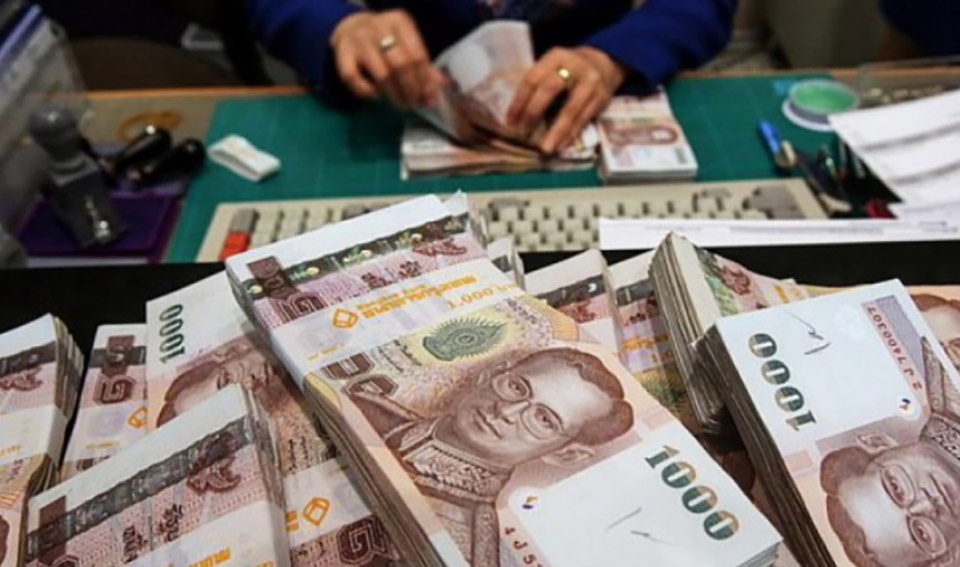
BANGKOK, Thailand – Market strategist at Krungthai GLOBAL MARKETS, Poon Panichpibool, a stated on September 24that the Thai baht opened at 32.96 per US dollar, appreciating slightly from the previous day’s close of 33.00. The baht is expected to move within a range of 32.85-33.05. Overnight, the baht strengthened slightly (trading between 32.88-33.02), supported by profit-taking in gold transactions due to its continued rise to an all-time high, driven by hopes for a faster rate cut from the Federal Reserve. Some market players anticipate the Fed could reduce interest rates by 75 basis points across the remaining two meetings this year.
Additionally, the baht’s strength was tempered by the US dollar’s rebound and flows into major currencies like the Japanese yen (JPYTHB), which has weakened against the baht, trading below 23 baht per 100 yen.
Market players are closely monitoring the European Central Bank’s (ECB) monetary policy outlook, including economic reports like Germany’s September IFO Business Climate Index and statements from ECB officials. In Asia, the market expects the Reserve Bank of Australia (RBA) to maintain its policy rate at 4.35% until inflation shows a clearer downtrend. Meanwhile, in Japan, the market will follow remarks from the Bank of Japan’s (BOJ) governor, as BOJ has not signaled a clear intention to continue hiking rates, with most market participants predicting a potential rate hike in mid-2024.
Domestically, investors await Thailand’s August international trade data to see whether exports will continue to expand and contribute to the economic recovery. In the US, the key focus will be on statements from Fed officials and the Conference Board’s Consumer Confidence Index for September.
Krungthai expects the baht to trade sideways until new factors emerge. Any clearer movement in the baht’s direction will likely depend on changes in market sentiment regarding Fed rate cuts. There is a risk that market expectations for aggressive Fed rate cuts could be tempered if US economic data does not worsen or even exceeds expectations, potentially supporting the dollar and US bond yields.
The baht could face short-term depreciation pressure due to profit-taking by foreign investors in Thai assets, as some market players have reduced their Net Long THB positions. In the stock market, the SET index is likely to enter a short-term consolidation phase. Additionally, the baht’s recent appreciation has weakened major currencies like the yen, leading to increased buying of these currencies and putting some downward pressure on the baht. However, the baht’s depreciation is expected to be limited, especially if gold prices continue to rise.








